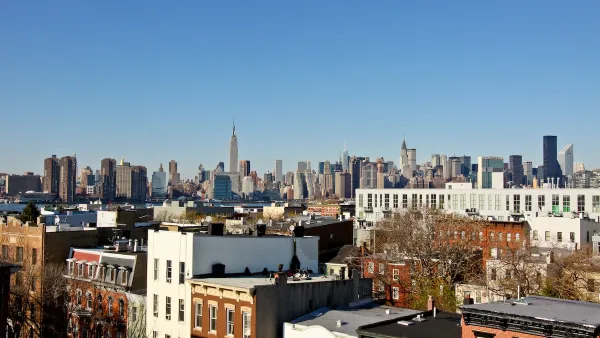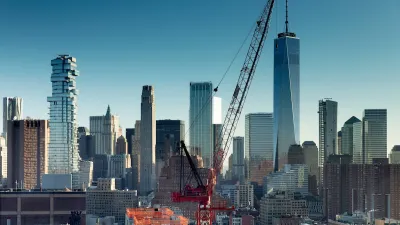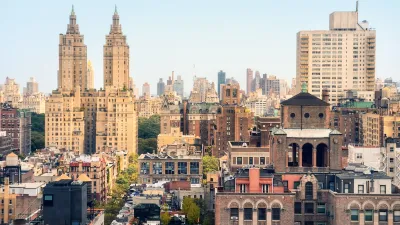In this excerpt from the new book, "City Rules: How Regulations Affect Urban Form," author Emily Talen outlines the ways in which zoning ordinances, building codes and other bureaucratic restrictions negatively affect urban areas.
Talen explains that the rules a city creates, such as zoning and building codes, reflect the values of the culture. "...but now," she writes "given the disconnect between rule and effect, it's hard to imagine that what people really want is sprawl, bad urban form, and monotony. This is certainly not what early city planners thought they were creating."
While Talen feels that rules like zoning are not of course inherently evil, she believes that they can quickly lead to unintended effects:
"Rules affect urban pattern and form in a myriad of large and small ways. A seemingly simple rule, such as the requirement that apartments must have a second means of egress, can affect building size and configuration, and ultimately how cities are experienced. A bay window may require approval from a public commission, with the result being that bay windows become a rarity. Maybe a certain density level triggers design review, resulting in lower densities."
Thanks to Nekoro Gomes
FULL STORY: America's Cities Shaped (and Misshaped) by Rules

Planetizen Federal Action Tracker
A weekly monitor of how Trump’s orders and actions are impacting planners and planning in America.

Map: Where Senate Republicans Want to Sell Your Public Lands
For public land advocates, the Senate Republicans’ proposal to sell millions of acres of public land in the West is “the biggest fight of their careers.”

Restaurant Patios Were a Pandemic Win — Why Were They so Hard to Keep?
Social distancing requirements and changes in travel patterns prompted cities to pilot new uses for street and sidewalk space. Then it got complicated.

Platform Pilsner: Vancouver Transit Agency Releases... a Beer?
TransLink will receive a portion of every sale of the four-pack.

Toronto Weighs Cheaper Transit, Parking Hikes for Major Events
Special event rates would take effect during large festivals, sports games and concerts to ‘discourage driving, manage congestion and free up space for transit.”

Berlin to Consider Car-Free Zone Larger Than Manhattan
The area bound by the 22-mile Ringbahn would still allow 12 uses of a private automobile per year per person, and several other exemptions.
Urban Design for Planners 1: Software Tools
This six-course series explores essential urban design concepts using open source software and equips planners with the tools they need to participate fully in the urban design process.
Planning for Universal Design
Learn the tools for implementing Universal Design in planning regulations.
Heyer Gruel & Associates PA
JM Goldson LLC
Custer County Colorado
City of Camden Redevelopment Agency
City of Astoria
Transportation Research & Education Center (TREC) at Portland State University
Camden Redevelopment Agency
City of Claremont
Municipality of Princeton (NJ)





























